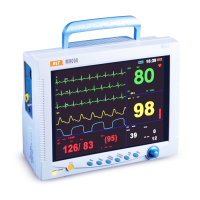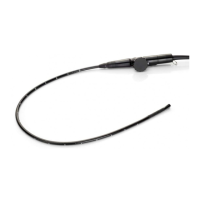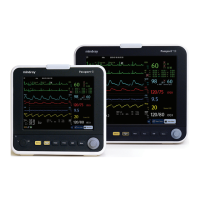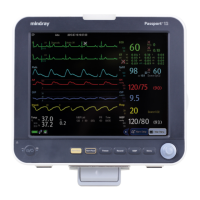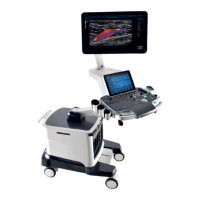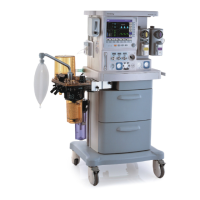5-1
5 Repair and Disassembly
5.1 Tools
The following tools may be required for disassembly and repair:
Small screwdriver
Sharp-nose pliers
Tweezers
5.2 Preparations for Disassembly
Before disassembling the pulse oximeter, stop monitoring the patient, turn off the pulse
oximeter and disconnect all the accessories and peripheral devices.
CAUTION
z Before disassembling the pulse oximeter, be sure to eliminate the static charges
first. When disassembling the parts labeled with static-sensitive symbols, make
sure to wear electrostatic discharge protection such as an antistatic wristband or
gloves to avoid damaging the equipment.
z Put the cables or wires in place when reassemble the pulse oximeter to avoid short
circuit.
z When assembling the pulse oximeter, be sure to select proper screws. If an unfit
screw is tightened by force, the pulse oximeter may be damaged and the screw or
the part may fall off during use, resulting in unpredictable damage or human
injury
z Be sure to follow correct sequence to disassembly the pulse oximeter. Otherwise,
the pulse oximeter may be damaged permanently.
z Be sure to disconnect all the cables before disassembling any parts. Be sure not to
damage any cables or connectors.
z Be sure to place the removed screws and parts properly for convenient reassembly.
Protect them from dropping, contaminating or losing.
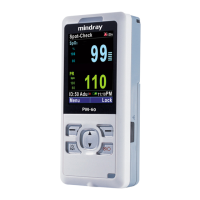
